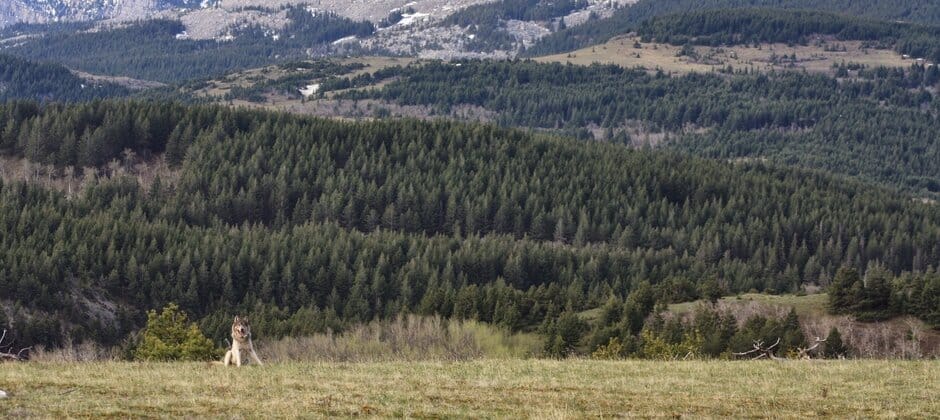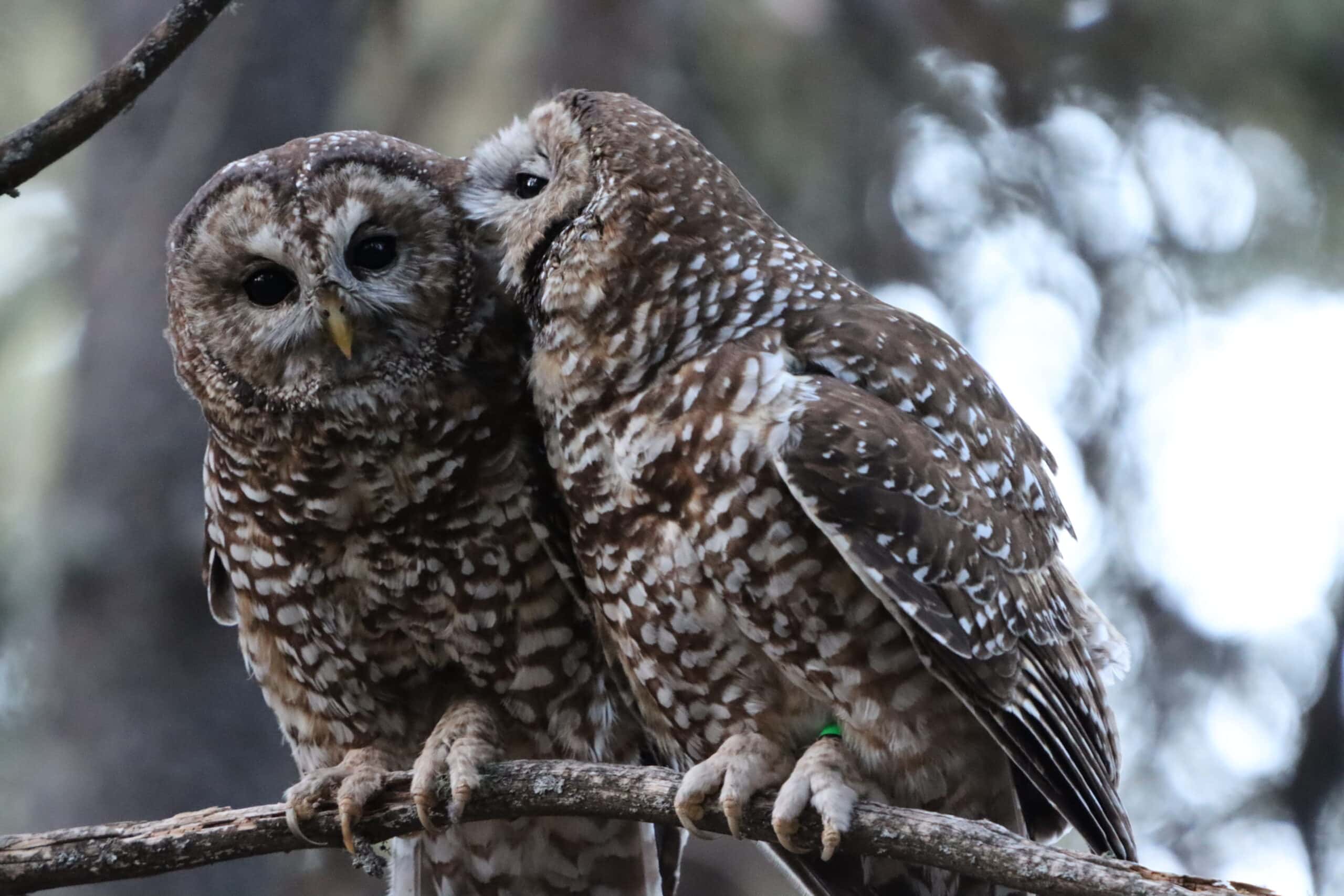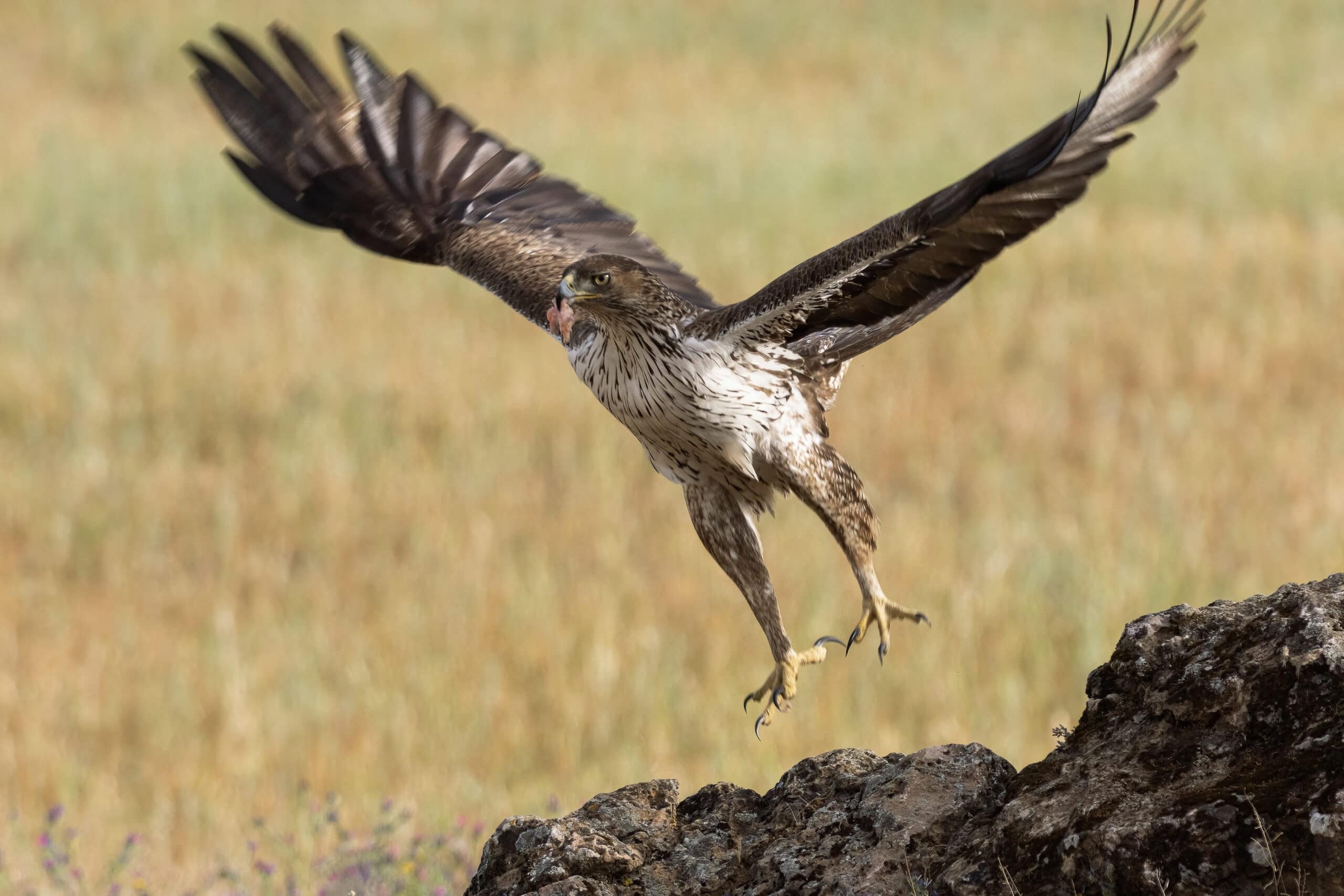Share this article
JWM: Prey, harvest and competition dictate wolf pack size
After decades of absence in Montana, wolves began dispersing southward from Canada and ultimately recolonized the state in the 1980s. Translocations into Yellowstone National Park and Idaho in the mid-1990s also helped the Montana population recover as reintroduced wolves expanded into the state. In following decades, wildlife managers closely tracked the growth and spread of packs in the state. But that growth was so fruitful that now there are enough of the predators that tracking every pack is challenging and time consuming.
“Wolves were a lot easier in a relative sense to monitor during the early years of their recovery,” said Sarah Sells, a research scientist in wildlife biology at the University of Montana.
But researchers have now developed a model that can help predict gray wolf (Canis lupus) pack sizes in the state with relatively limited data. These models have revealed that the average size of wolf packs in Montana may be dictated by factors like prey availability, how much they’re hunted by humans and competition from neighboring packs.
Sells led a study published recently in the Journal of Wildlife Management, finding that, on average, about six wolves made up a pack overall. More than 50% of packs contained four to eight individuals. But there was some variation in these numbers. The largest pack in the state has 22 wolves, though the Druid Pack in Yellowstone National Park in neighboring Wyoming had 37 animals. “That’s an extreme outlier,” Sells said.
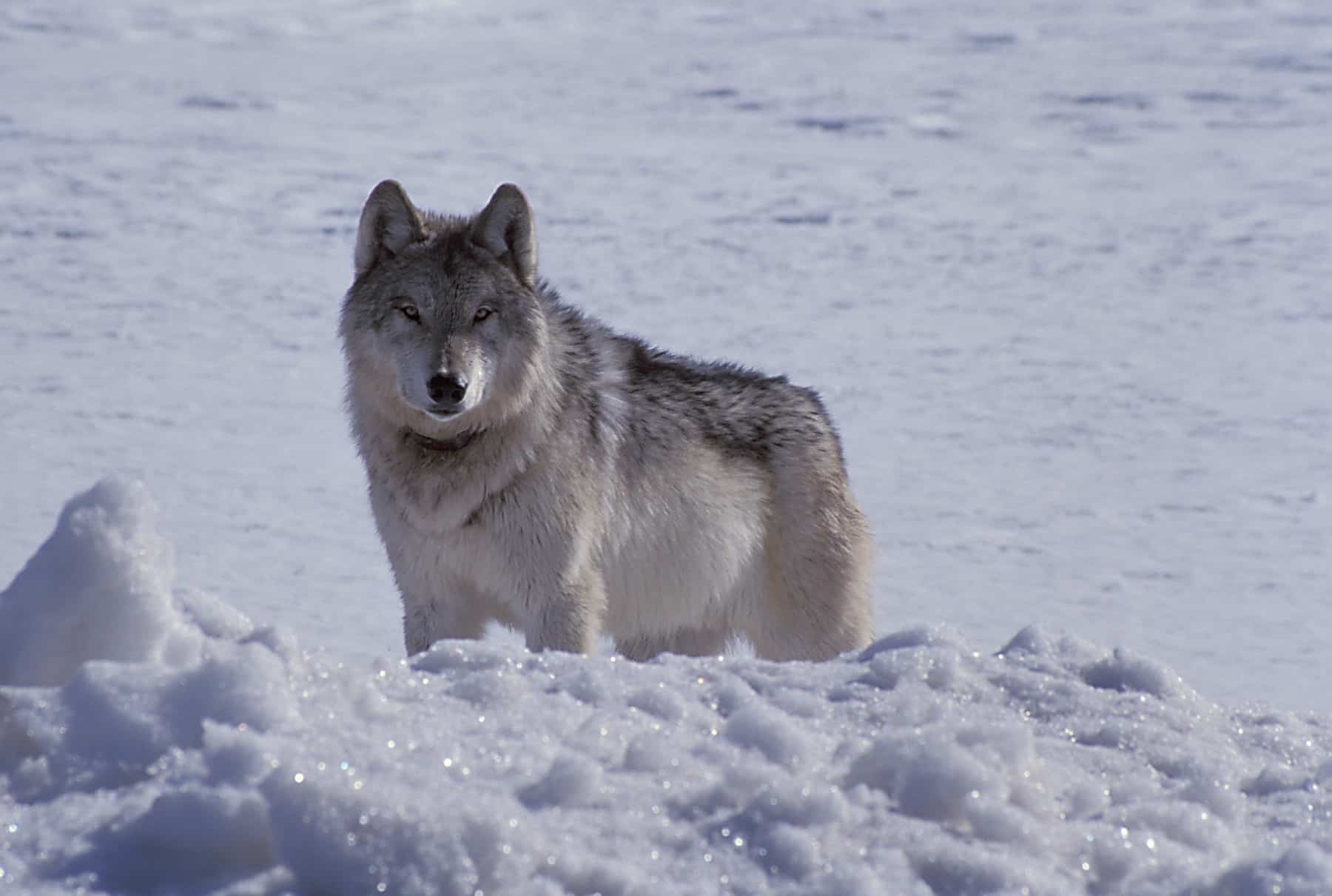
Half of gray wolf packs had four to eight individuals. Credit: Adam Messer
Their models showed that competition was one of the factors that impacted pack size. Larger packs may have a competitive advantage when seeking prey, and in confrontations with other wolves. Denser numbers of packs in a given area tended to mean that the packs were larger as well.
Sells said that having many packs in one area may also dissuade young wolves from dispersing out of their natal pack. Packs are often constituted of a dominant breeding pair and their offspring, although pack formation and dissolution can happen for a number of reasons. As some young wolves get older, they may set out to search for mates and form their own pack, or join other packs. But Sells said that when many other packs are around, that may present a kind of barrier for dispersal, discouraging some wolves from setting out to create a new pack or join other packs.
These decisions may come down to the dominant pair as well, which may choose to either chase away some pack members or keep them around. The dominant pair often has to make choices between the benefits of having extra helpers versus the extra costs inherent in feeding them.
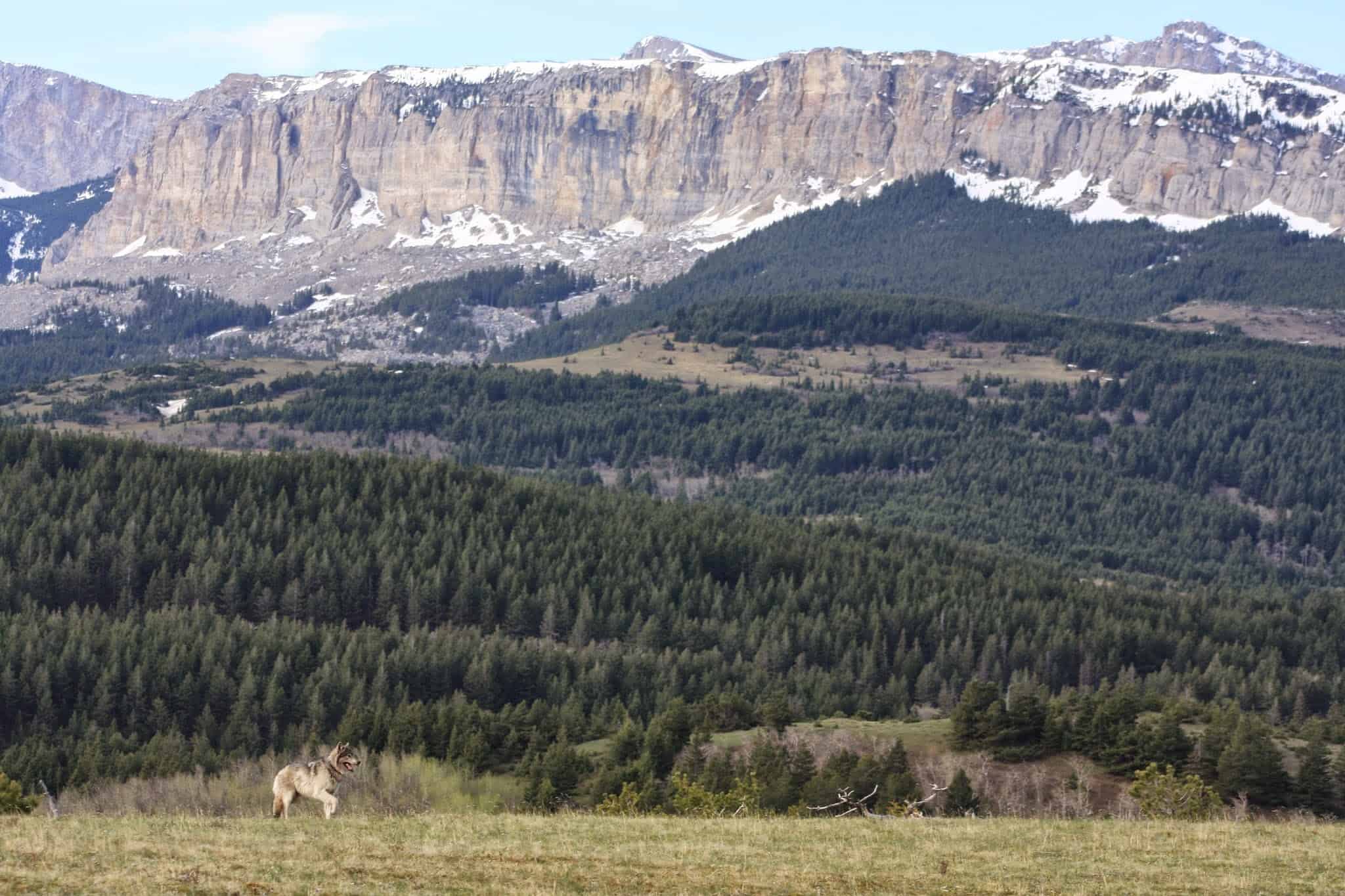
Prey availability can affect pack size. Credit: Ty Smucker
Prey availability also played some role in pack size as a result, the models showed. If there isn’t much meat around, Sells said that wolves might set out to see if they could improve their fortune elsewhere. Or having less food around could just mean that females raise less pups to adulthood.
In both the case of competition and prey availability, Sells said that wolves may be choosing to stick around or leave based on the relative safety of a pack. If members are suffering from hunger or if other packs are confronting them, they might think it’s better to set out on their own.
When one of the dominant pairs in a pack dies, that can also cause wolves to disperse. Members of a pack often don’t step up to mate with a pack leader when that happens, due to being offspring of the dominant pair or for other reasons. “When packs experience the loss of a breeder, they tend sometimes break up,” Sells said.
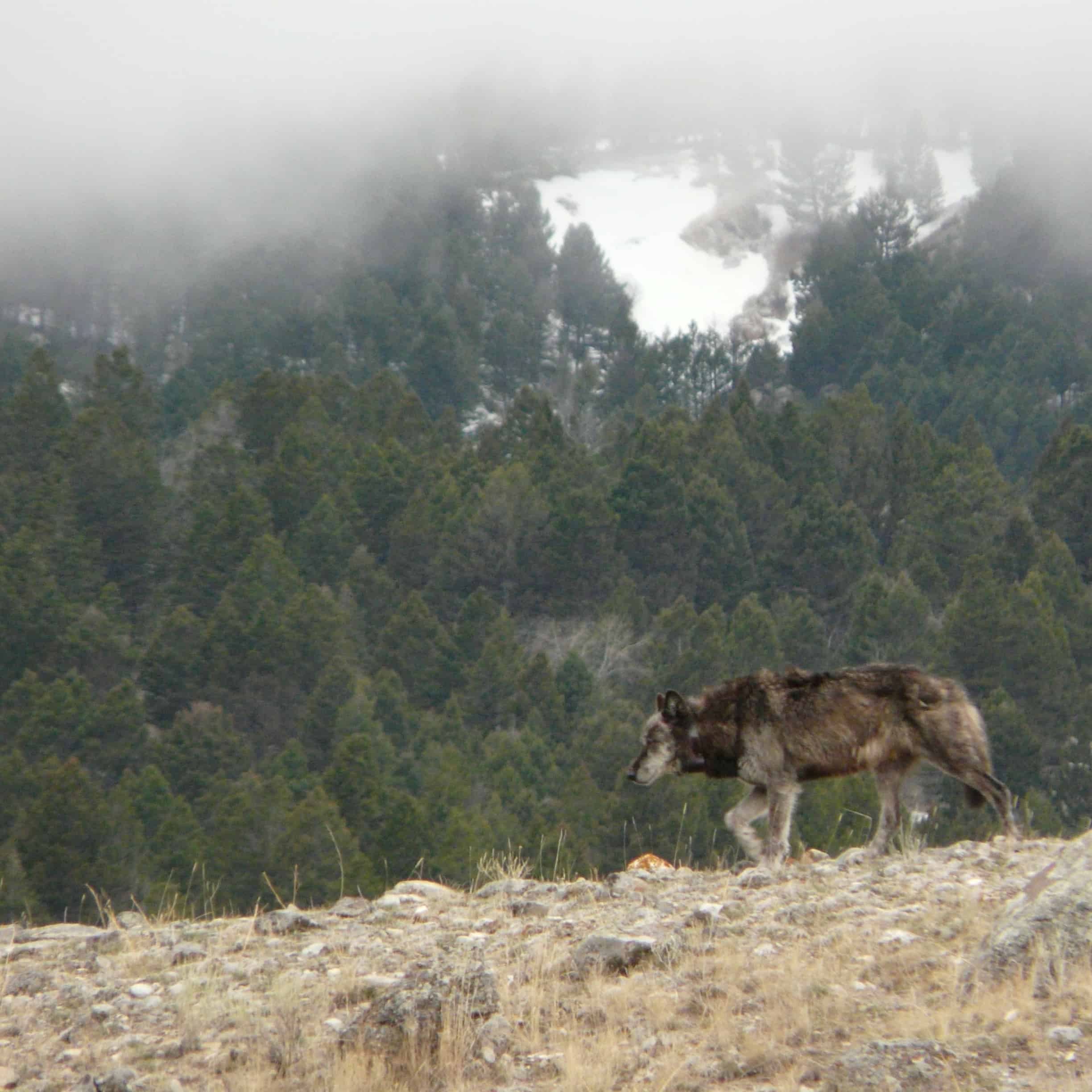
Liberalized harvesting quotas has an impact on wolf pack size. Credit: Sarah Sells
Hunting by humans also played a role in pack size. The models examined a 14-year dataset of wolves in Montana, during which time the harvest limits changed. Between 2009 and 2011, the state instituted a restricted harvest with lower bag limits, shorter seasons and no trapping permitted. But starting in 2012, Montana got rid of the quota altogether and increased bag limits and the length of the hunting season. Sells’ team’s model found that the restricted harvest didn’t affect pack sizes but the liberal harvest starting in 2012 decreased pack sizes.
Sells said this model can be used to determine the effects of different management decisions on wolf numbers moving forward. She also said that other factors she and her team didn’t add could be adapted into the model, such as livestock predation. Overall she hopes the model, which can be adapted as conditions change or replicated for other areas, can help managers make more informed decisions.
This article features research that was published in a TWS peer-reviewed journal. Individual online access to all TWS journal articles is a benefit of membership. Join TWS now to read the latest in wildlife research.
Header Image: Wolves have rapidly expanded throughout Montana since the 1980s. Credit: Ty Smucker



